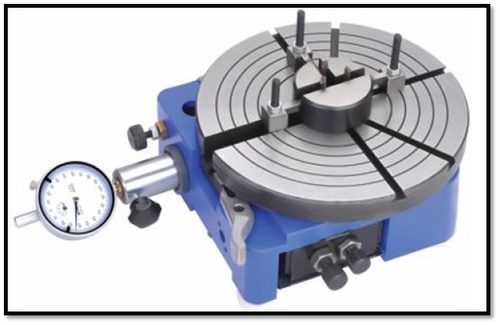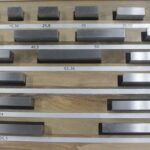It is a precision instrument employed to compare the dimension of a given component with a working standard (generally slip gauges). It does not measure the actual dimension but indicates how much it differs from the basic dimension (working standard).
Uses of Comparator:
For calibrating the working gauges
Used as working gauges
Used as final inspection gauges
Essential characteristics of a good Comparator:
Robust design and construction
Linear characteristics of scale
High magnification
Quick in results
Versatility
Minimum wear of contact point
Free from back lash
Quick insertion of work piece
Provision for compensation from temperature effects
Provision for means to prevent damage during use.
Classification of comparators:
1) Mechanical comparator
a) Dial indicator
b) Johansson „Mikrokator‟ comparator
c) Sigma comparator
d) Reed type mechanical comparator
2) Optical comparator:
a) Zeiss Ultra optimeter
b) Zeiss optotest comparator
3) Mechanical – Optical comparator
4) Electrical comparator
5) Fluid displacement comparator
6) Pneumatic comparator
a) Back pressure comparator
b) Flow – velocity Pneumatic comparator
In addition, the comparators used in standards room for calibration of gauges are:
7) Brookes Level comparator
8) Eden-Rolt „Millionth‟ Comparator


